After almost three years in consultation and development-application processes, Better Energy Technology’s groundbreaking model for a hybrid renewable-energy generation and storage system has been DA approved for the historic agricultural town of Lockhart, in the Riverina district of New South Wales.
Comprising a 10 MW solar farm, 25 MWh battery and a biodigester — the methane from which will run a 400 kW generator providing 24-hour power — the system will reliably power the town of some 1,000 residents, reducing energy costs and attracting new industry.
“Regional towns have been playing such a large role in Australia’s renewable-energy boom,” says Duncan Upton, Project Engineer with Better Energy Technologies, but he adds that any new energy development typically doesn’t provide a large number of ongoing jobs after the initial construction phase.
“We want to give back to regional towns and get them involved so that they can take advantage of the renewable-energy revolution.”
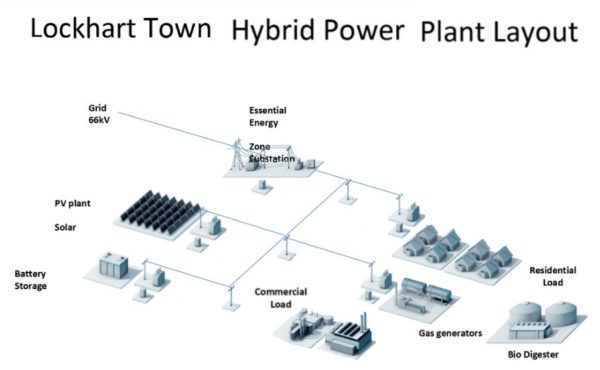
Image: Better Energy Technology
Nationals come to the renewable party
Lockhart Shire Council has been keen on the project from the outset, and successfully lobbied local Federal member, Michael McCormack for $1 million in funding under the Community Development Grants Programme, which was allocated in April 2019 to progress design of the system.
At the time, Mayor Rodger Schirmer projected the cost of the development to be around $30 million, and said, “The point of this whole project is to prove that rural communities are able to generate power 24/7 … we can export power at night into the grid and give power security to many people apart from ourselves.”
He also heralded that the system will reduce energy prices in Lockhart by around 20%, which would in turn attract agribusinesses to set up in the Lockhart industrial park, growing the local economy and providing more permanent work for locals.
The Lockhart Project recently received DA approval, and Upton says the next step is to secure financial close and grid-connection agreement with Essential Energy, after which construction expected to begin in the second half of 2020.
High burner could be a high earner for Lockhart
Better Energy Technology is in discussion with an energy-intensive business to locate its operations in Lockhart, and become the beneficiary of behind-the-meter supply of energy from the biodigester working in tandem with a methane-powered generator to reliably power its continuous operations.
Excess generation from the solar farm will be stored in the 25 MWh battery, which Upton believes is one of the biggest batteries in NSW to have received DA approval; he says, “It will be really exciting to put that into the system and show how beneficial batteries are, and the improvements they can provide the network in terms of grid stability and FCAS [Frequency Control Ancillary Services].”
NSW has some 31 planned energy-storage developments in the pipeline, including compressed-air energy storage, pumped hydro, virtual power plants and battery storage.
The Lockhart Project, including its 10 MW solar array will be connected to Essential Energy’s distribution network at the local zone substation. Upton says that transmission infrastructure in the area “is good for a project of this medium size”.
Better Energy Technology landed on Lockhart as the first town to demonstrate its integrated generation + storage design firstly due to strong local enthusiasm for the project, and also because, “There didn’t appear to be any other solar or wind farms that might congest the network in the area,” says Upton.
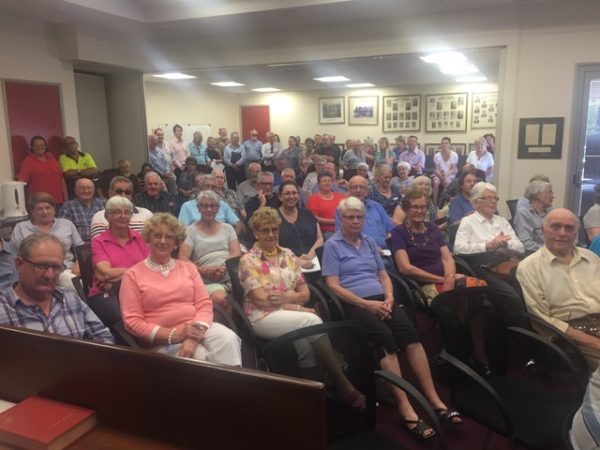
Image: Better Energy Technology
Feeding the biodigester
Organic waste to feed the biodigester will be sourced from within a likely maximum one-hour driving range of Lockhart — potentially from the cities of Wagga Wagga and Albury — relieving the costs and emissions of that waste being dumped as landfill.
Decomposition of such waste in landfill, explains Upton, releases methane into the atmosphere; although capturing that methane from the biodigester and using it to generate power will result in CO2 emissions, he says “since one molecule of CO2 is 25 times less potent in terms of global warming than methane”, net emissions are substantially reduced.
In addition, the biodigester yields nutrient-rich digestate which can be sold to local farmers as fertiliser or as a soil-improvement medium.
Although the microgrid is connected to the NEM and will participate in existing energy markets, Better Energy Technology is also investigating the potential for Lockhart to be islanded when upstream issues threaten power supply.
Progressing to an islanded state
“It’s a more expensive way of doing things because you need more complex inverter technology and protection systems in place, but we think that enhancing grid reliability will become a requirement,” says Upton, referring to the Australian Energy Market Operator’s findings in the Renewable Integration Study (RIS) released at the end of April.
Although AEMO may mandate smart inverters that can provide synthetic inertia and add stability to the grid, Upton says, “We need a market for inertia and voltage … for projects like this to reach financial close, they’re going to need a revenue boost from new markets that are hopefully coming in.”
Upton is optimistic about achieving finance to install an optimal potentially standalone hybrid generation system at Lockhart, and Better Energy Technology expects to complete project by early 2020.
The company is collaborating with local council to finalise a community-based business model for operation and income from the installed plant. He says, “I’m really excited to see all these components put together and for Lockhart to become the demonstration project for how this can be replicated in other regional towns.”
This content is protected by copyright and may not be reused. If you want to cooperate with us and would like to reuse some of our content, please contact: editors@pv-magazine.com.
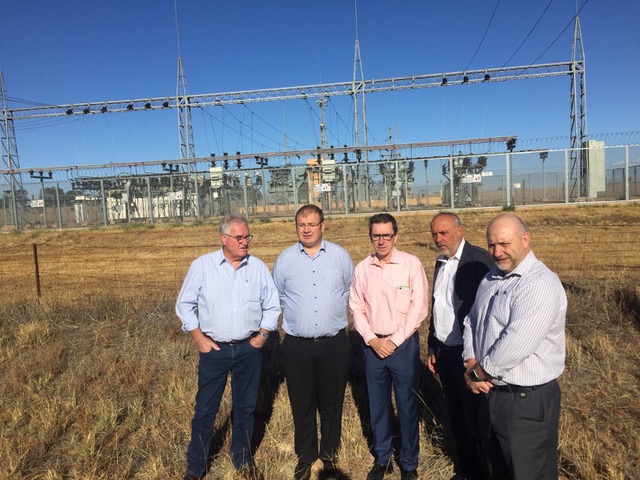
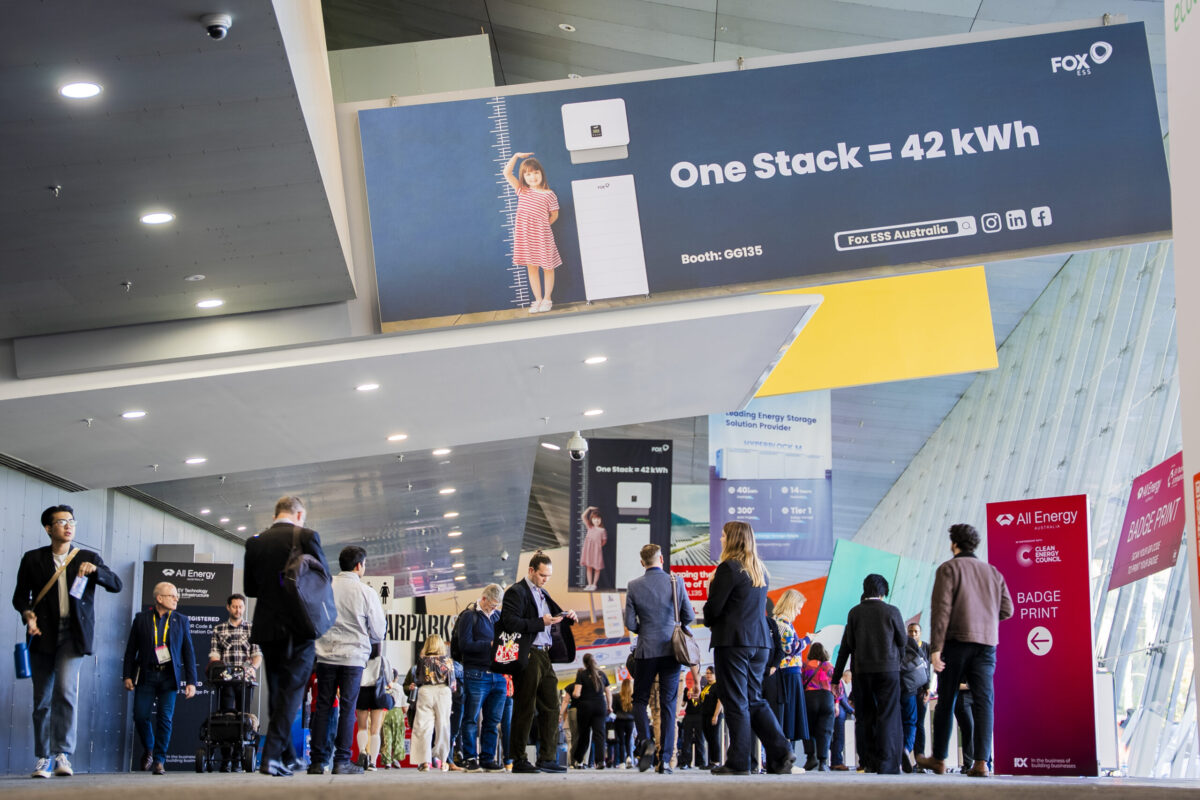


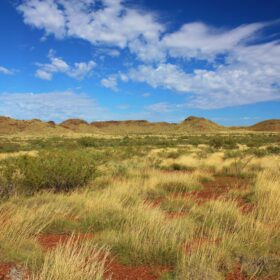
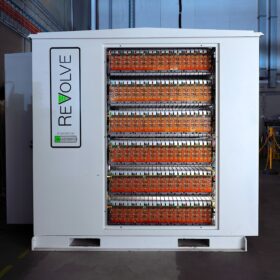
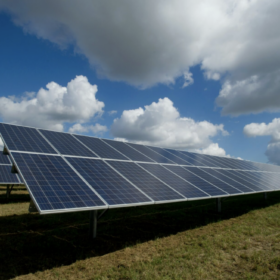
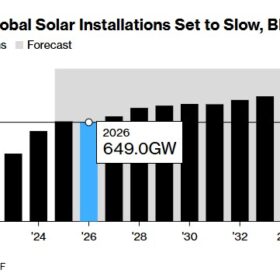
“At the time, Mayor Rodger Schirmer projected the cost of the development to be around $30 million, and said, “The point of this whole project is to prove that rural communities are able to generate power 24/7 … we can export power at night into the grid and give power security to many people apart from ourselves.”
This is not typical intrinsic electric utility operations beliefs. Hybrid generation, energy storage solutions that can be “exported”. From the schematic shown, it would do some good for the switching station feeding the housing tract to have its very own energy storage system that would take solar PV from the housing tract and aggregate it into night time use for the homes in the area. That same switching station energy storage into the housing tract could also be used to arbitrage electricity when inclement weather drops solar PV generation precipitously. If you know it’s going to be cloudy for several days, take the power off of the 66KV feed and purchase power off of the grid at off peak hours of the late night and early morning hours, store for the next days needs.